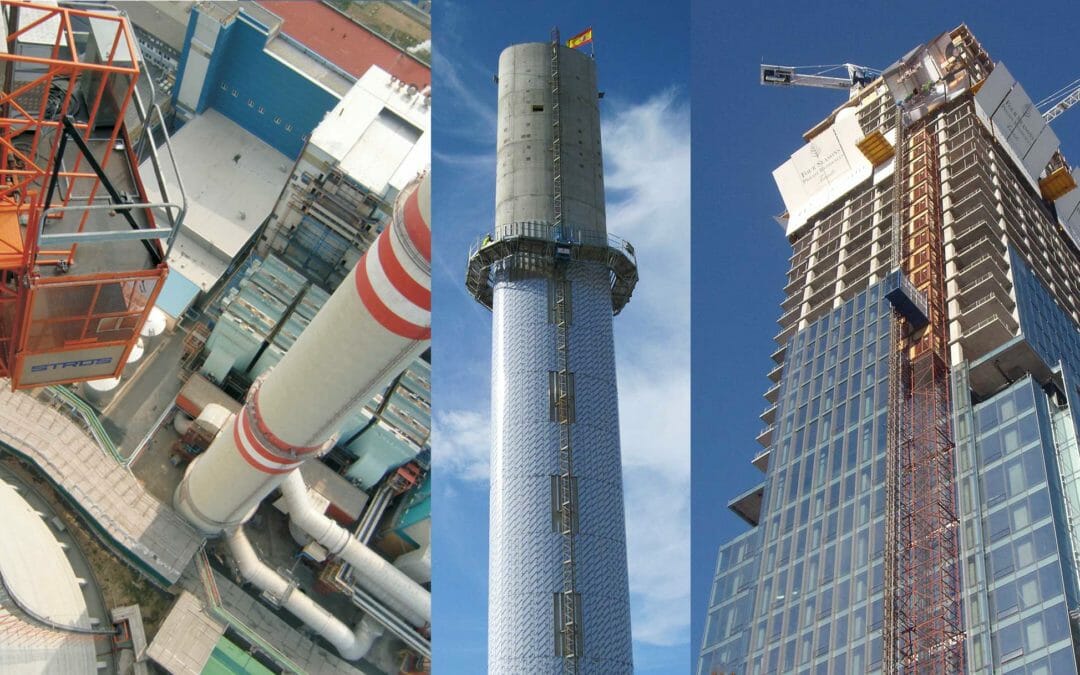Buck hoist elevators are vital for efficiently transporting goods and personnel on construction sites. Proper usage of this essential equipment plays a crucial role in maintaining smooth project workflows and minimizing workplace accidents. Regular maintenance, adherence to safety protocols, and proper load management ensure these elevators for construction meet the rigorous demands of high-rise projects and industrial sites.
1. Regular Maintenance and Inspections
Regular maintenance is a critical factor in ensuring the optimal performance of buck hoist elevators. Construction sites expose these elevators to heavy loads, which can lead to mechanical wear and tear, potentially damaging key components. Periodic inspections can identify defects early, preventing minor issues from becoming serious problems.
Maintenance tasks include:
- Inspecting cables, pulleys, and brakes for signs of wear or damage.
- Checking electrical systems to ensure consistent operation.
- Lubricating moving parts to prevent mechanical failure.
Routine maintenance not only minimizes the risk of equipment failure but also extends the lifespan of the elevator, ensuring punctual site operations.
2. Safe Load Management
Effective load management is a cornerstone of safe and efficient construction hoist operations. Exceeding weight limits or using unbalanced loads can compromise the equipment’s integrity, endanger workers, and increase the risk of accidents.
Guidelines for safe load management include:
- Adhering strictly to the manufacturer’s weight capacity limits.
- Ensuring loads are balanced to maintain stability during operation.
- Securing materials to prevent shifting during transit.
By following these practices, construction teams can prioritize the safety of both personnel and equipment.
3. Operator Training and Safety Protocols
Well-trained operators are essential for the safe and efficient use of construction material lifts. Comprehensive training programs equip operators with the knowledge and skills to handle equipment safely and respond effectively to potential hazards.
Key training elements include:
- Familiarizing operators with control systems and operational procedures.
- Learning emergency response measures for mechanical failures.
- Coordinating with ground teams to ensure the safe transport of materials.
Adherence to safety protocols not only reduces the likelihood of accidents but also fosters a culture of safety on construction sites.
Optimizing Equipment Usage
Maximizing the performance and lifespan of construction elevators requires adherence to operational best practices. Pre-operational checks, such as verifying load alignment and control panel functionality, are crucial. Post-operational procedures, including logging usage and scheduling maintenance, support proactive care and minimize downtime, enhancing site productivity.
